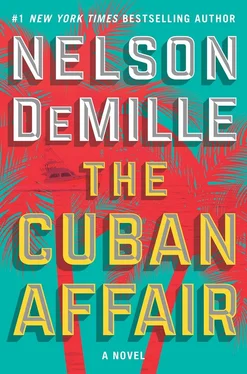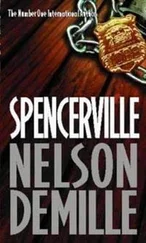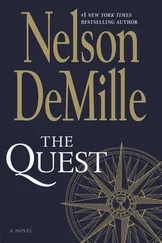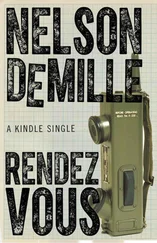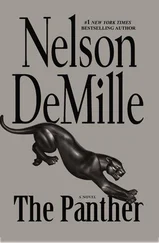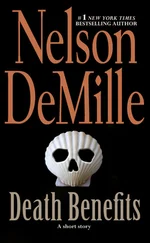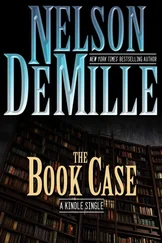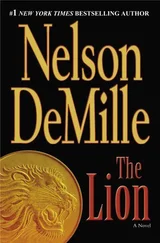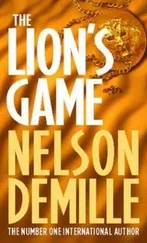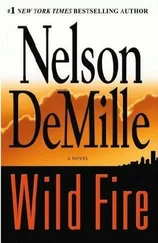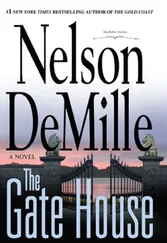Right. What was I going to do with three million dollars anyway?
Eduardo said, “Sara did not know what would happen. This decision depended on getting these trunks in our possession before you left for Camagüey. We have the trunks, so you are not going to Camagüey for the money.” He added, “The money has sat there for fifty years. It will be there when we return.”
Right. I couldn’t wait to do this all over again. In fact, count me out. I said, “It’s your show.”
“It is.” Eduardo said to Sara, “The map.”
She walked over to where we’d laid our backpacks and retrieved her map and mine. I hoped she didn’t notice I had packed only one pair of clean underwear.
She brought the maps to us, and Eduardo said, “I see you made a copy.”
“For Mac.”
“Are there any more copies?”
“The original — my grandfather’s — in my possession in Miami.”
Eduardo nodded, and said to me, “Your lighter, please.”
I fired up the Zippo and Sara held both maps to the flame, watched them burn, then dropped them on the floor. They smelled like money burning.
Eduardo advised me, “You will forget the existence of this map.”
“I won’t mention it at the press conference.” I looked at Eduardo, then at Sara. “Are we ready to get out of here?”
Apparently not.
Sara put her hand on my arm, then realized that Eduardo would not like that and drew it away as she said, “You asked me if there was more to this mission than the money.”
“Right... where did I ask you that?” Oh, in bed.
“And there is.”
“Right. The property deeds. The press conference...” I thought back to what Eduardo had said when Sara told him we’d gone to Villa Marista. So you understand. And Eduardo’s mention of my military service. And I now understood that Captain Daniel MacCormick was going to raise the issue of the missing American POWs at that press conference. I hope Sara’s photograph came out good.
She looked at Eduardo and nodded toward the trunk that hadn’t been opened. I assumed it was also filled with property deeds, but Eduardo hesitated and Sara said, “He needs to see this now.”
Eduardo nodded, produced another key, and opened the padlock of the second trunk.
It was Sara who took hold of the lid and said, “Something that will please you more than money.” She raised the lid. “The bones are going home.”
Lying in the trunk were rows of neatly piled skulls, their empty eye sockets staring at eternity, staring at me, and I knew without a doubt that these mortal remains had come from Villa Marista, and that the answers to what happened to seventeen missing Americans were in the DNA of those bones.
Eduardo’s last words to us were, “Vayan con Dios,” and mine to him were, “Have a safe journey home.” And I meant it.
Eduardo and Sara had a more emotional good-bye, mostly in Spanish, and Sara — now sitting next to me as I drove the Buick station wagon through the quiet streets of Vedado — was still upset. But not as upset as I was about Eduardo cancelling my payday — or me being the last to know what was going on.
Anyway, Eduardo had given us a road map with instructions to head south and look for signs for the Autopista Nacional, the A-1, which I was doing.
It was just before midnight, and very shortly Antonio would be knocking on Sara’s door. I hope he had the decency to bring flowers and a bottle of rum. In any case, he would discover that there was no love or money in Room 535 for him. And he’d be furious. But what would he do? Call his police comandante? Or wait to see if Sara showed up? I hoped he waited. We needed to get clear of Havana before the police started looking for us.
I concentrated on the road and my driving. I’d never sat behind the wheel of a vintage American car, and it took some getting used to, especially with Chico’s modifications. It was hot in the wagon, but I had to leave the windows up so that we weren’t so visible. There were, however, little butterfly windows that let in some air. They should bring those back.
Also, as Chico said, the fuel gauge didn’t work, but I’d take his word that the gas tank was full.
The 90-horsepower Perkins boat engine didn’t give the same performance as the Buick’s original 300-horsepower V-8, even with Chico’s newly installed Hyundai manual transmission. But the gas mileage would be better, and maybe we’d have to stop only once for gas. On the other hand, we weren’t going to outrun any police cars.
Sara came out of her funk and said, “He’s like a grandfather to me... This is sad.”
“He’s where he wants to be,” though I wished he was where he was supposed to be — in Miami. And I wished I was where he’d arrived from — Key West.
She asked, “How are you doing?”
“Okay. You see any signs for the Autopista?”
She looked out the windshield. “No, but we’re heading in the right direction.” She added, “We’re in the district of 10 October — near Villa Marista.”
I had a vision of my Villa Marista photo on a screen at the press conference, and maybe all over the news and the Internet. The surprises on this mission never seemed to end. The biggest surprise so far had been the skulls. I could still see them staring at me... as though pleading, “Take me home.”
I continued on through the dark streets of 10 October. The Autopista was south of Havana and it ran east, according to the road map, in the direction of Cayo Guillermo, though it went through the interior of the island, far from the coast. The Soviet-built highway hadn’t existed when Eduardo fled Cuba, but Eduardo and Sara agreed that the Autopista would be faster than the more direct coastal road that the tour bus had taken to Matanzas. And it would be safer — no towns to pass through and no local police. You could legally do a hundred K — 60 mph — on the Autopista, and with luck, said Sara, we might never see a police car. Sounded too good to be true.
Sara and I and Eduardo had loaded the two steamer trunks into the rear, and I was surprised how heavy the legal documents were, and how light the skulls were. We’d covered the trunks with the tarp, and Eduardo had given Sara the padlock keys and said, “The next time these trunks are opened will be in Miami.”
Or when the police ordered us to open them.
Before we’d closed the lids on the trunks, I’d looked at the soil-stained skulls more closely. Some of the lower jaws were missing, but all of them had their upper teeth, mostly intact — and through dental records and DNA they could be identified and matched against the Department of Defense’s list of missing in action. And then we would have names. And those names would have families...
About half the skulls had the distinctive round hole of a bullet entry wound, but one of the skulls looked like it had been crushed with a blunt instrument. The rest were free of trauma, and I assumed those men had died from... who knows? In any case, these skulls would be a powerful visual image, and very strong evidence of imprisonment and murder in Castro’s Cuba. What I — and Sara — had to do was tell the world how we’d gotten them.
Sara asked, “What are you thinking about?”
“Our cargo.”
She nodded. “It’s fitting that it’s you who are bringing the bones home, and that it’s me who’s returning the deeds to the stolen property.”
That sounded like a talking point for the press conference.
I had asked Eduardo about the rest of the remains — the skeletons — and he’d told me and Sara that the bodies had been exhumed from their common grave on the grounds of Villa Marista about a year ago, and the purpose of the exhumation was to burn the bones in order to obliterate any evidence of the American POWs. And this was done, Eduardo said, in advance of the diplomatic talks, and in anticipation of demands from the Americans — politicians, MIA groups, and veterans’ organizations — that a U.S. military body recovery and identification team be allowed to visit Villa Marista to investigate the rumors and accusations that seventeen American servicemen had been murdered there.
Читать дальше
